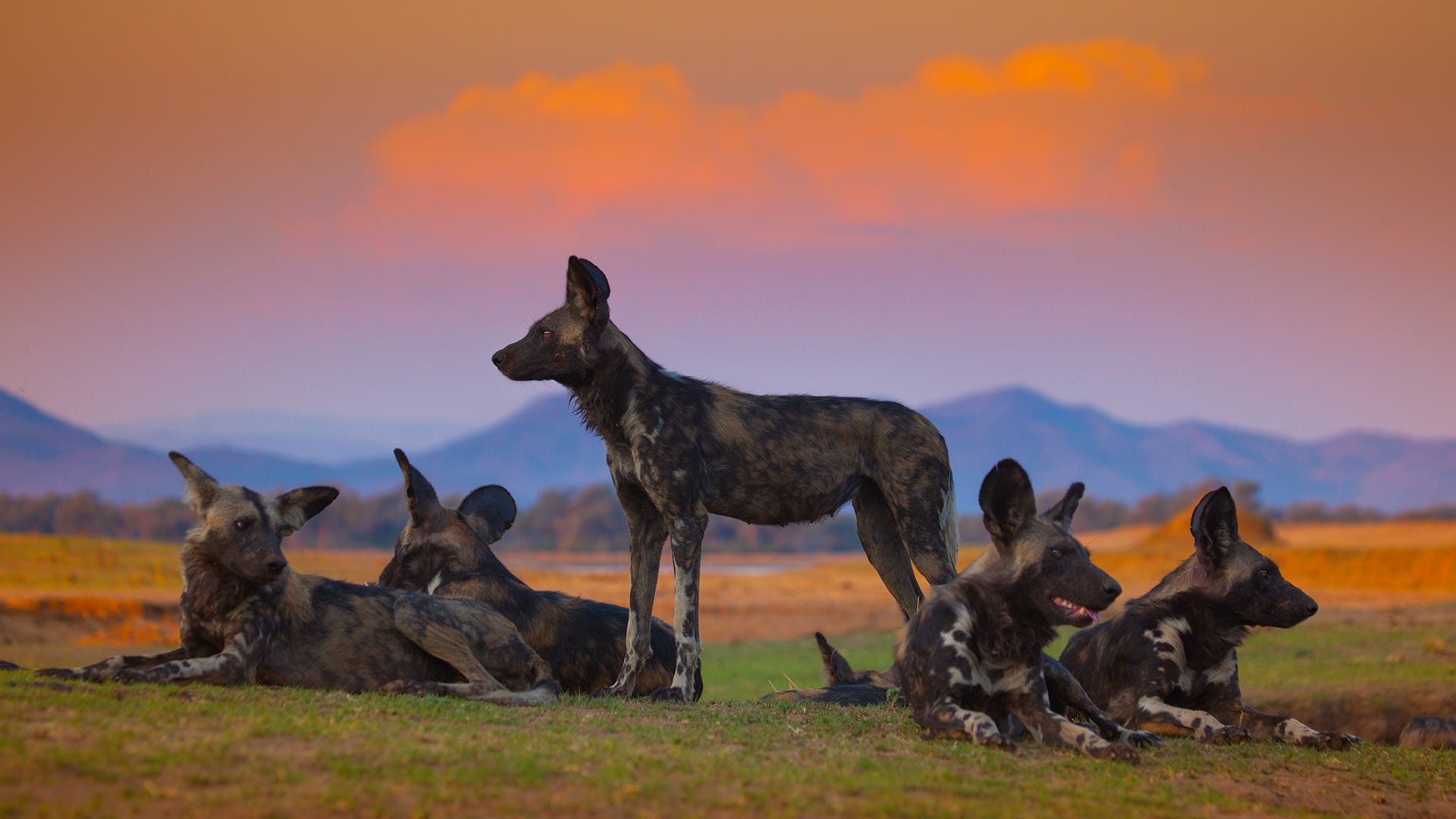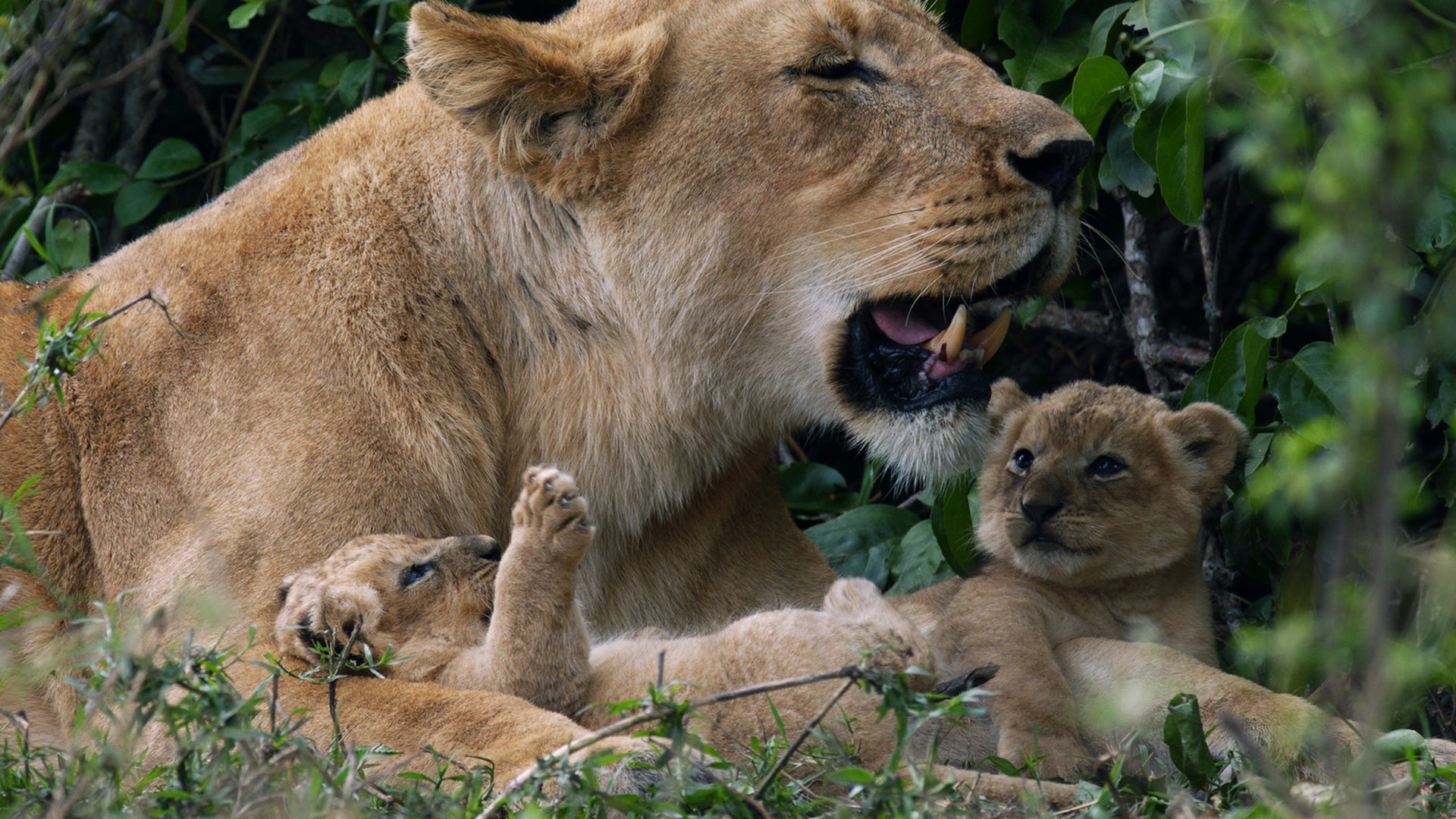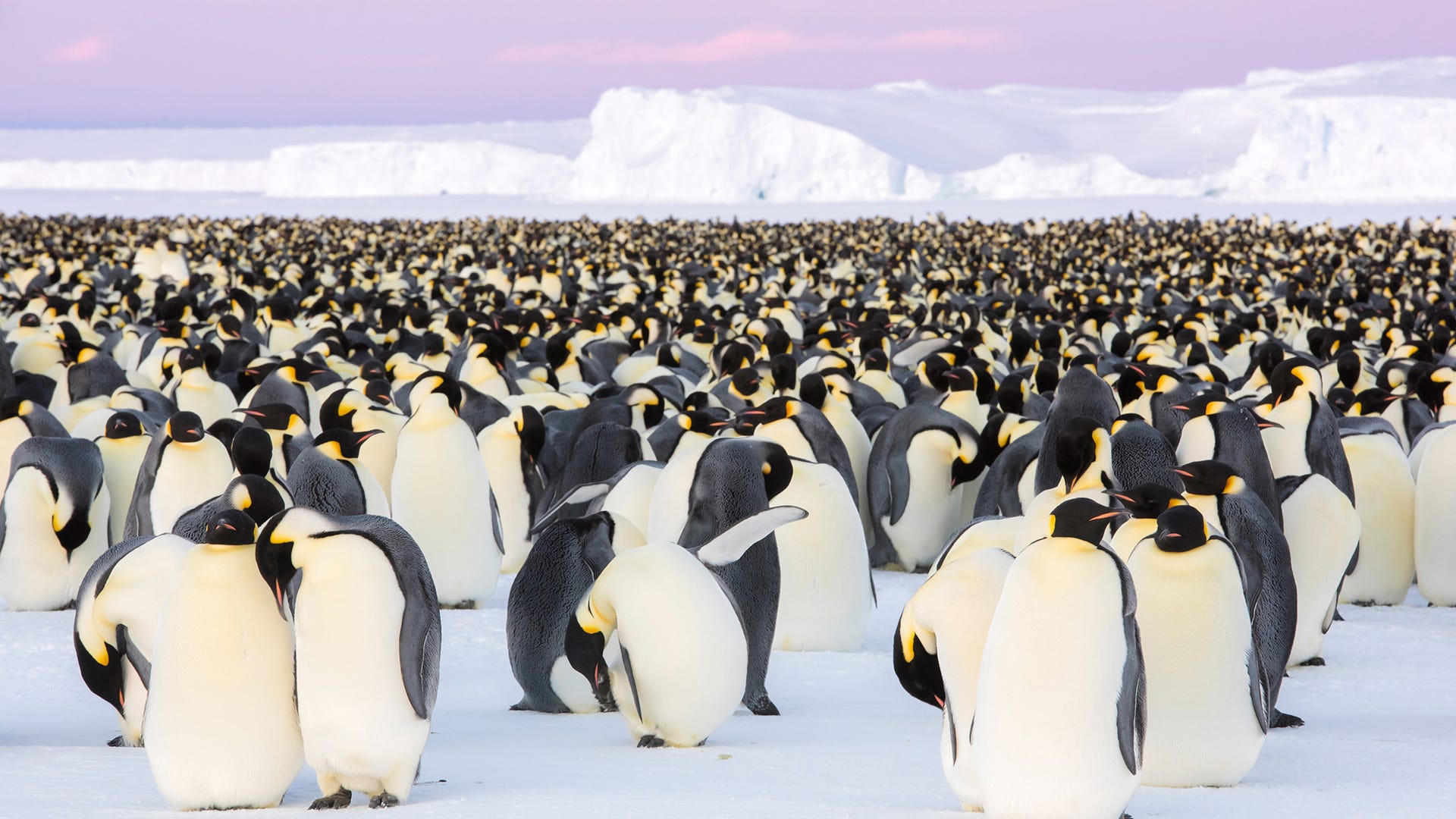Join or Sign In
Sign in to customize your TV listings
By joining TV Guide, you agree to our Terms of Use and acknowledge the data practices in our Privacy Policy.
Dynasties Is a Powerful and Necessary New Species of Nature Documentary
It's some of the best drama you'll see all year
When it comes to awe-inspiring nature documentaries offering intimate examinations of our planet and its many lifeforms, no one does it better than the BBC's Natural History Unit. The groundbreaking series Planet Earth and The Blue Planet, as well as their recent sequels, Planet Earth IIand Blue Planet II, are breathtaking works of art that take viewers to some of the most remote places on Earth in order to thoughtfully explore the creatures who call them home. The BBC's newest docuseries, the five-episode Dynasties, is yet another beautiful addition to an already extensive library, but it's also another species of nature documentary.
Narrated by David Attenborough, Dynasties offers viewers an in-depth, heartbreaking look at the challenges and hardships faced by five endangered species -- the lion, chimpanzee, tiger, painted wolf and emperor penguin. Each episode tells a powerful story specific to the animal being featured, chronicling its struggles, often through extreme conditions out of its control, be it a drought, lack of food or devastating wildfire, to ensure the survival of its species and secure its dynasty. Each narrative is unique, not just to the species in question but also to its subjects, and each episode is wholly effective in creating some of the best drama you're likely to see on TV all year.
Discover your new favorite show: Watch This Now!
The first episode (the episodes aired in a different order in the U.K., but I think the U.S. order makes more sense from a storytelling perspective), follows the famous Marsh pride, led by the proud lioness Charm, who, in the absence of any adult males, is responsible for the protection and survival of her pride. At one point she has to make a choice to either abandon her youngest son because he's too ill to walk or leave him and save the pride from the scorching heat. In the second episode, an alpha chimp by the name of David has to navigate group politics and create alliances with other chimps so he can retain his position of power. The fourth episode examines the tension between a painted wolf mother, Tait, and her adult daughter, Blacktip, after the loss of the painted wolves' natural habitat forces the latter to encroach upon the former's territory, with potentially disastrous consequences.

Dynasties
Nick Lyon/BBC AmericaIn most cases, the producers and camera crews, with the help of conservationists and guides, followed their subjects for two years or more, capturing both their highs and lows in remarkable high-definition. But as the different narratives play out across stunningly beautiful vistas -- you'll gasp more than once or twice at the series' cinematography -- they also put into stark perspective something that last year's Blue Planet II started to highlight, but not always as loudly, which is that many of the challenges these majestic creatures face are a direct result of human contact or humanity's growing presence in their lands. The poisoning of Charm's young lion cub is just one tragic example of how our actions affect the others who call this planet home, but it's an incredibly powerful one, too. And once we know the specifics of how and why, even if we also understand the demands human civilization is also facing today, it's impossible to ignore the effects we have on those around us, especially when we feel we have gotten to intimately know the animals involved.
The sheer size and scope of series like Planet Earth and Blue Planet sadly do not allow viewers to spend a considerable amount of time with their subjects before moving on. That is not the case here. With the exception of the emperor penguins in the series' final episode, which covers approximately nine months and depicts the harsh, antarctic conditions thousands of emperor penguins face every year in order to bring the next generation to adulthood, the animals featured in Dynasties all have names and distinct personalities. Being able to differentiate them and identify them instantly creates a bond between subject and viewer, which inevitably makes watching their struggles even harder to bear.
But it's not all heartbreak and devastation. As the episodes chronicle more than a year in the lives of each of these animals, the passage of time is marked by the changing of seasons and, in all too rare bouts of happiness, the adorable arrival of the next generation. When Tait the painted wolf gives birth to a new litter of puppies after struggling to survive in lion territory, you feel euphoria for her success. When Charm gives birth to two squishy lion cubs after family tragedy, it's hard not to cry (and want to squish their tiny faces). When Raj Bhera's tiger cubs make it to adulthood -- because 50 percent of tiger cubs don't -- you want to celebrate. Although we don't spend more than an hour of our lives with these animals, we feel like we know them and want the best for them by the time the credits roll. It's incredibly effective storytelling.

Dynasties
BBC AmericaPerhaps the only thing more engrossing than watching these different animals overcome obstacle after obstacle in an attempt to secure their dynasties, though, is seeing how the producers and film crews were able to capture said footage. Each episode of Dynasties ends with a 10-minute segment that features snippets of on-location interviews with the men and women who dedicated, in some cases, years of their lives to following these animals across the marshes of Kenya or through the jungles of India. These segments explain how some of the most impressive footage, like Raj Bhera and her 2-week-old cubs lounging in their den, was captured. It's fascinating, and I could have watched another hour or two of behind-the-scenes footage, especially when it comes to the crew who braved the harsh, bitter cold of Antarctica to capture the plight of the emperor penguins. But I also understand that focusing too much on the humans behind the camera threatens to take away from what's in front of it. And to do so could potentially derail the powerful message of the series.
However, if there's one issue with Dynasties, it's that at just five episodes, the series doesn't feel quite long enough. A quick glance at the IUCN's Red List reveals that there are a number of threatened species across the globe that could benefit from the type of awareness a series like Dynasties can create. I'd never even heard of my new favorite animal, the dapple-coated painted wolf, of which there are only 6,600 left in the world, before watching the docuseries, but I could have easily watched another five hours if it meant bringing even more awareness to the plight of endangered species. Of course, capturing the intimate footage that makes shows like Dynasties possible is a difficult, time-consuming process. It takes years to film these animals, not to mention the time it also takes in the editing room to turn hours upon hours of footage into compelling episodes of television that successfully articulate their stories. Still, I hope this isn't the last we see of Dynasties, even as I also hope that one day shows like it will no longer be necessary.
Dynasties airs Saturdays at 9/8c on BBC America.

Dynasties
Stefan Christmann/BBC America